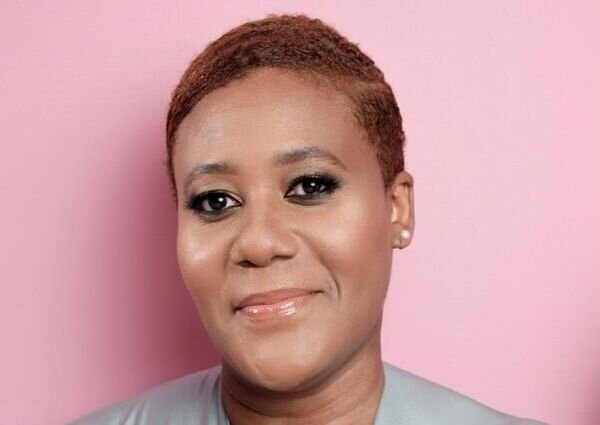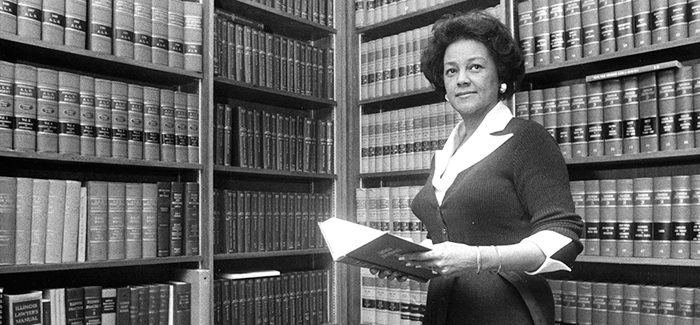CFDA President CaSandra Diggs’s rise to prominence as an architect of the current movement for equity sheds light on the intricate and multifaceted nature of the fashion industry, revealing the diverse range of opportunities it presents beyond the realm of wearing stylish garments.
From her early experiences in retail, Diggs discovered that fashion was not just about aesthetics but a thriving business with its intricate infrastructure and economy.
“I wasn’t necessarily interested in fashion as much as I was interested in business. And along the way, all of the opportunities that I was receiving were in fashion or fashion adjacent,” Diggs reveals. Initially drawn to exploring various business opportunities and gaining practical experience, fate steered her toward the world of fashion and its related fields.
Securing a position as a retail associate at a renowned department store in New York City, Diggs experienced a remarkable transformation in her perception of fashion. “I didn’t know that fashion had that infrastructure and economy around it. And so once I started working retail and I realized that was the case, I became a little more interested in it.”
She discovered that fashion encompassed an intricate web of components that formed the backbone of the industry, moving beyond mere clothing and encompassing a vast network of resources and professional development opportunities.
Diggs acknowledges the global nature of the fashion industry, recognizing the exceptional work being done in different markets. However, she emphasizes the importance of providing access and pathways to larger markets for designers who may not have had the same exposure. Through the CFDA’s program, CFDA Connects, Diggs aims to bridge this gap, connecting regional fashion organizations (RFOs) to the broader fashion market. “Through that program, we’re trying to connect them to the larger market, connect them to the network, to the resources, to the different professional developments around design and around putting on shows and, you know, just having a strong fashion business.”
Reflecting on her position as CFDA President, Diggs expresses a desire for empowerment and meaningful change. “I feel like there is a level of diversity, but I definitely think there is a lack of equity and inclusion where I can be president, that’s great, but am I empowered? Do I have the power and authority to make the change, or am I just a figurehead?” She highlights the need for inclusivity within leadership positions, emphasizing that it is not enough to have BIPOC individuals in positions of power; they must also be equipped with decision-making authority and the ability to drive initiatives forward.
To create a more equitable and inclusive work environment, Diggs stresses the importance of dismantling and reforming existing structures. She notes that industries across the board,” not just fashion, need to change their mindset, behavior and systems.” Diggs believes that addressing these issues requires recognizing that inequality, underrepresentation, and being underserved have been ongoing challenges for centuries, not merely a recent phenomenon sparked by events like the tragic death of George Floyd in 2020.
Another vital aspect of the conversation surrounding diversity, equity, and inclusion is how designers are referred to. Diggs challenges the tendency to pigeonhole Black designers into a category defined solely by their race, which diminishes their contributions to the field. “They just wanna be known as designers. Like, we’re not saying, the white designer, or the Asian designer, they’re just known as designers. It’s only a label we put onto Black people.”
Being in a position of power allows Diggs to create pathways of inspiration and access for up-and-coming designers, fashion architects, graphic designers and future business leaders within the field. She has the opportunity to visit university campuses across the nation, including those with high Black student populations, and share invaluable insights that are usually reserved for those within exclusive fashion circles. After a recent visit to Clark Atlanta University, Diggs reflects, “It just was really, really inspiring” to connect with Black students who are emerging creatives.
Diggs acknowledges the evolving landscape of the industry, with young people pushing for change and refusing to accept unpaid labor.
“Why would we even be encouraging people to work in our business without being compensated for their labor and the value of what they’re contributing?” she asks.
This growing awareness among the younger generation is reshaping the fashion industry’s approach to labor practices and calling for fair compensation.
As CFDA President, Diggs continues to champion equity, dismantle barriers, and foster a more inclusive fashion industry. Through her insights, initiatives, and commitment to empowering others, she is reshaping the narrative of fashion, ensuring that it becomes a more diverse, accessible and thriving industry for all.
Words by Kaba Abdul-Fattaah.








